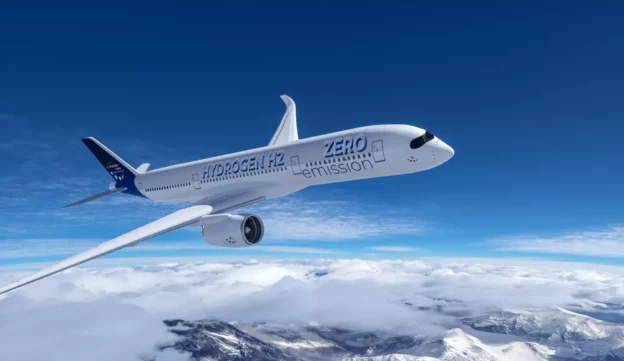ZeroAvia y Flyv have joined forces to investigate the use of hydrogen electric motors to power Flyv’s low-cost, on-demand flight operations.
Flyv seeks to address the challenges to traditional travel systems caused by increasing demand. The company plans to use artificial intelligence to match demand and availability, allowing flexible bookings for passengers. In addition, it intends to operate small aircraft with a capacity of about ten passengers to make better use of underutilized airfields.
By adopting cleaner technology, they will be able to reduce operating costs and explore zero-emission designs.
On the other hand, ZeroAvia is advancing its goal of certifying a 600kW hydrogen electric motor (ZA600) that can power 9- to 19-seat aircraft using only fuel cell power. The company expects to introduce the ZA600 to the market in approximately 2 years.
As part of the agreement, ZeroAvia and Flyv will investigate regional air mobility networks in Europe, exploring the potential economic and passenger benefits of adopting fuel cell-powered flights.
James Peck, ZeroAvia’s Chief Customer Officer, expressed his enthusiasm for working with an innovative airline like Flyv, which is rethinking the status quo to extend the benefits of flying. Anton Lutz, co-founder of Flyv, stressed the importance of analyzing how to improve efficiency and operational stability in a rapidly changing world. With EU policies making it increasingly costly and complicated to operate fossil fuel flights, it is crucial for them to align with partners like ZeroAvia today to prepare for a truly sustainable future.
Hydrogen electric engines for zero-emission aviation
Importantly, ZeroAvia aims to lead the way towards zero-emission aviation by providing a hydrogen electric motor on every aircraft as a solution to address the industry’s climate impact. They plan to begin offering engines that support a 300-mile range on 9- to 19-seat aircraft by the end of 2025 and a 700-mile range on 40- to 80-seat aircraft by 2027.
ZeroAvia has also obtained experimental certificates from the FAA and CAA to test its engines on three different test aircraft and has achieved significant milestones in flight tests. Since last year, the company has been conducting flight tests of its ZA600 prototype in a Dornier 228 aircraft at its UK base in Kemble, Gloucestershire.
The hydrogen electric motor uses hydrogen in fuel cells to produce electricity, which then powers electric motors that turn the aircraft’s propellers. The only emission from this process is water.
Don’t miss any of our posts and follow us on social media!

